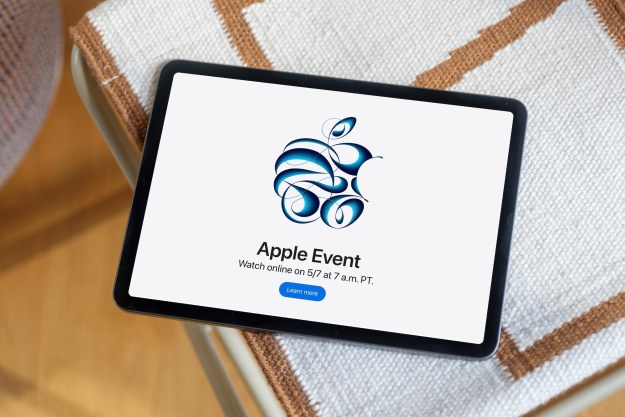With everyone focused on the incredibly expensive acquisition of YouTube by Google, attention once again drifted away from the Apple connection to Google and what may be the big long term plan jointly being executed by both companies. So let’s take a moment to lay it out.
The Next Generation of TV
TV started out being between the networks and the user and was for the most part advertising driven. With the advent of cable we began paying not only for the transport of the media but some of the media as well. This move to cable has been a mixed blessing at best. While we certainly get more content, and sometimes even better content, our cost for TV has gone up dramatically because we are now paying for something we effectively, originally, got for free.
Currently, advertisers appear to be moving away from TV advertising to the web where their audience increasingly is. More importantly, much of the content we want to watch is now on the web but we really don’t have a good way to find or watch it from a TV. Microsoft’s Media Center and Intel’s Viiv initiative have fallen way short of expectations and neither Tivo nor 3rd party PVR’s have successfully filled the gap either.
This leaves the door open to someone that can connect the dots between on-line rich content and the living room experience we seem to want, but are currently not getting.
Google/Apple iTV
So let’s look at what the combination of Google and Apple bring to the market. Apple has the upcoming iTV and a demonstrated capability of making the overall user experience vastly better than we have now. The iPod not only demonstrated that Apple understands what the market wants but that, even after Apple demonstrated the solution, that most competitors still don’t get what makes the iPod a success.
But Apple really doesn’t, by itself, have a good delivery or video file management system for the content already on the web. With YouTube, they get content and content management, and with Google they get access to the massive amount of dark fiber (high speed data lines that Google has purchased but which currently are not being used).
Between the two companies they have access to a massive amount of traditional TV and Movie content (the Achilles’ Heel of most other offerings) which can be pushed down these massive data pipes.
The resulting power of the combined entities could be enough to open up the other movie studios and accelerate the movements of the networks to provide their content libraries over this new service. Cable and DSL suppliers should not only be worried but Cisco and Microsoft as well because, should this be successful, Cisco and Microsoft’s efforts could be rendered obsolete.
Makes a Future Merger More Likely
Should both companies execute on this strategy it will draw them ever closer together and unless either firm creates a similar relationship with a third party, the end result could be a merger of the two firms as they attempt to drive cost out of the deal.
With a revenue potential that could easily exceed what both separately could ever hope for, the project should (if successful) have a massive positive impact on the long term outlook for both firms and would allow Steve Jobs to finally follow Bill Gates and Scott McNealy into a more formal semi-retirement.
Kind of gives new meaning to looking forward until next year doesn’t it?
Editors' Recommendations
- How to fix an Apple Watch that won’t turn on
- AT&T now makes you pay even more for its fastest 5G speeds
- Grab a 4-pack of Apple AirTags while they’re on sale
- Are you having iPhone alarm problems? A fix is coming soon
- How to reset Apple AirPods and AirPods Pro

